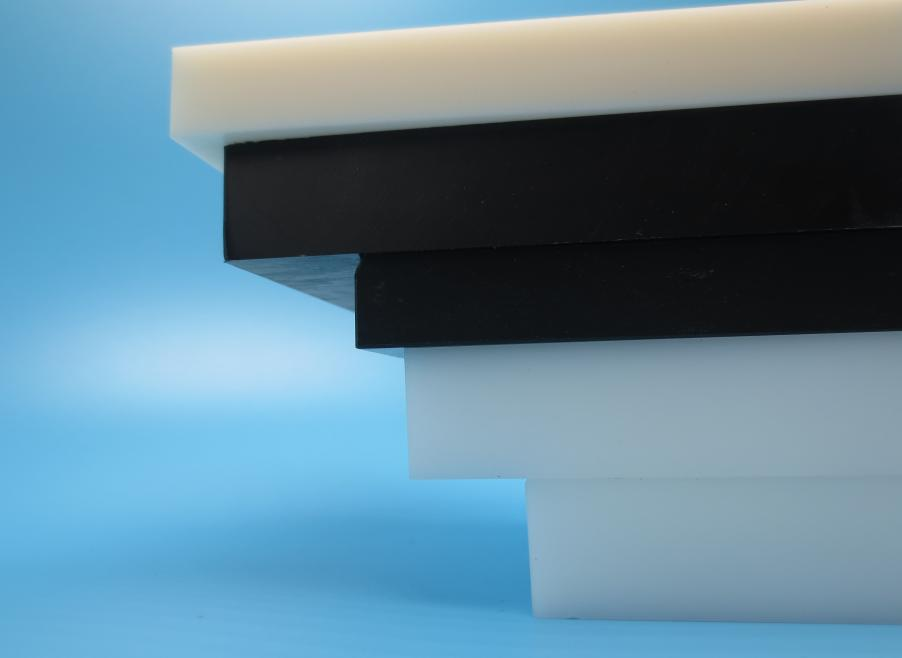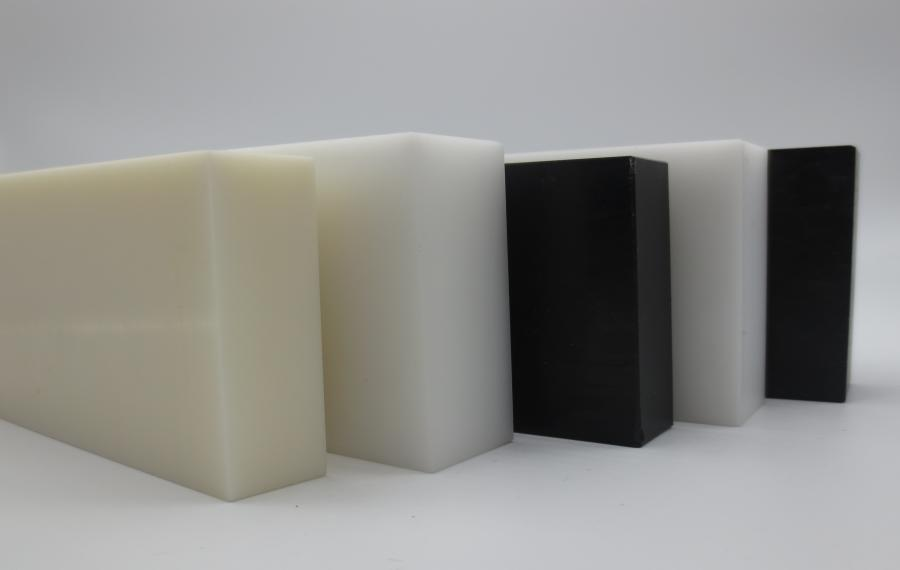POM sheet
Polyoxymethylene (POM), commonly known as polyacetal, has emerged as a cornerstone material in industries requiring precision engineering, durability, and cost-efficiency. Derived from its thermoplastic resin, POM sheet offers exceptional mechanical properties, chemical resistance, and thermal adaptability, making it ideal for applications ranging from automotive components to medical devices. Its unique blend of high rigidity, self-lubricating characteristics, and ease of fabrication positions it as a frontrunner in meeting the evolving demands of modern manufacturing.

One of the standout advantages of POM sheet lies in its superior mechanical performance. With a tensile strength ranging from 60 to 100 MPa and a flexural modulus of approximately 3,000–4,000 MPa, POM sheet can withstand heavy loads and repetitive stress without deformation. This resilience makes it suitable for use in structural supports, bearings, and machinery components where longevity is critical. Additionally, POM’s density (1.4 g/cm³) balances strength and weight, enhancing efficiency in transportation and construction sectors. Its high coefficient of friction reduction further reduces wear in high-stress environments.

Chemical resistance solidifies POM’s versatility. It exhibits excellent inertness to oils, solvents, and many organic chemicals, while maintaining stability in acidic environments. This property ensures its suitability for applications in food processing, pharmaceutical packaging, and marine infrastructure. For instance, POM sheets are commonly used in water pipelines and tank linings due to their ability to resist corrosion and maintain integrity over extended periods. However, prolonged exposure to strong acids or alkalis may degrade its properties, necessitating careful handling in specific industrial settings.
The material’s temperature adaptability spans from -40°C to +120°C, allowing it to function effectively in both cold climates and moderate heat environments. While continuous exposure to temperatures above 100°C may degrade its properties, short-term thermal resistance up to 140°C enables its use in transient high-heat scenarios. This balance between thermal resilience and cost-efficiency makes POM sheet a preferred choice over metal alternatives in budget-sensitive projects.
Another key benefit lies in its ease of fabrication. POM sheets are available in standard sizes and thicknesses, enabling precise cutting, welding, and thermoforming to meet specific design requirements. Their self-lubricating nature reduces maintenance needs, while the material’s compatibility with adhesives and coatings allows for enhanced surface customization. These attributes contribute to streamlined production processes and reduced operational downtime.
In conclusion, POM sheet’s blend of mechanical robustness, chemical inertness, and thermal adaptability renders it a cornerstone in modern manufacturing. Whether used for precision machinery components or large-scale infrastructure projects, its reliability and cost-efficiency continue to drive its adoption across industries. As engineering demands evolve, POM sheet remains a staple material poised to address future challenges through innovation and practicality.


